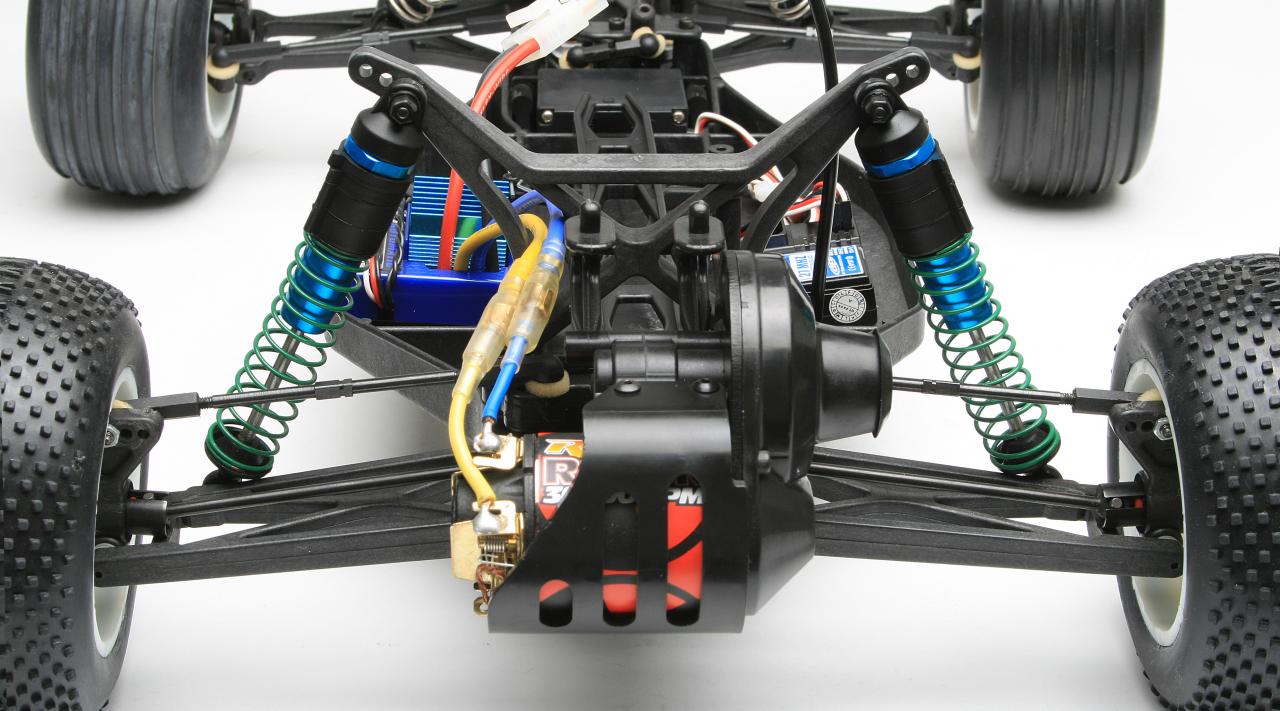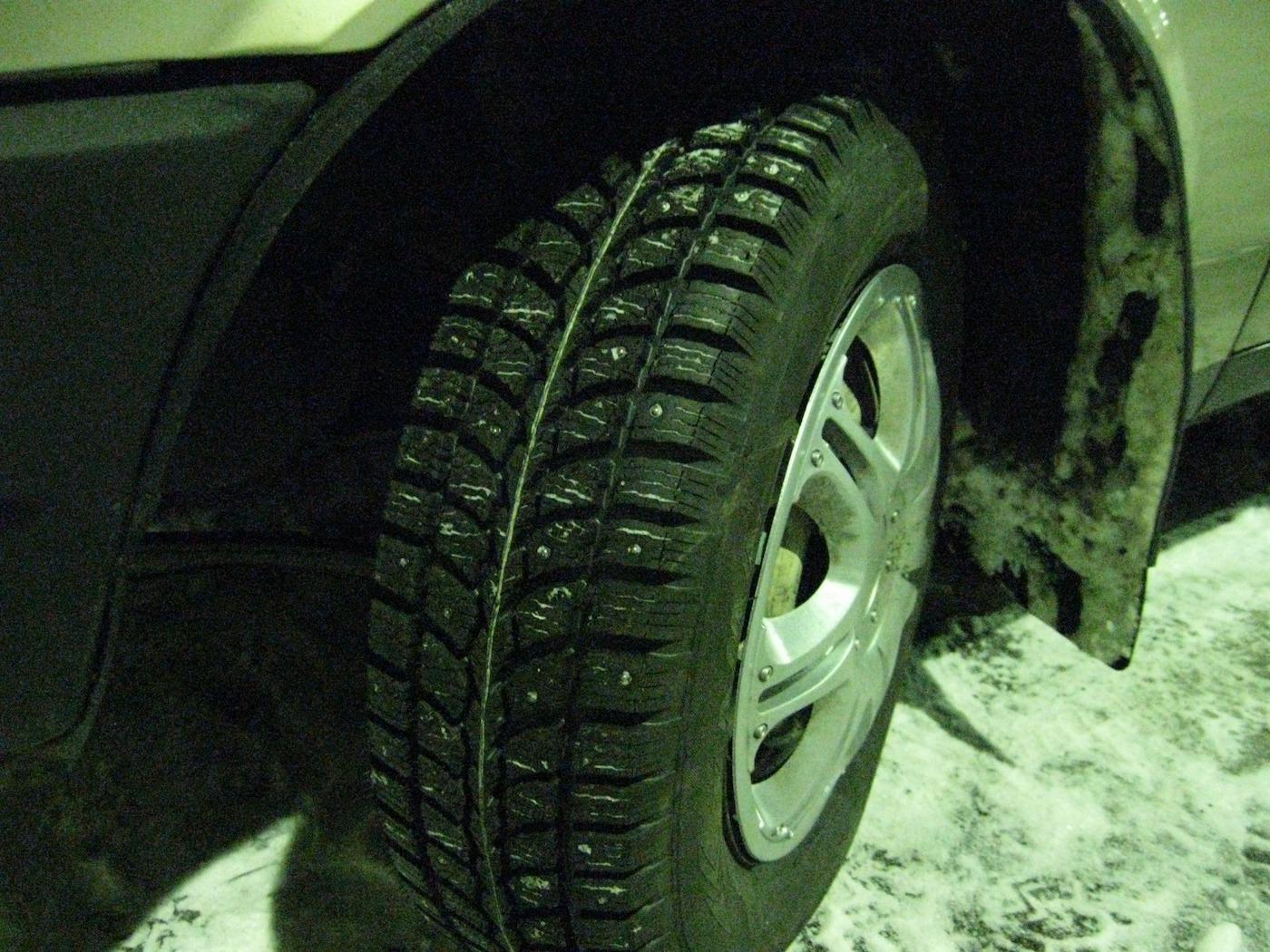
Independent car suspension: features, types, benefits
Content
The elastic device stabilizes the position of the body with the help of springs or torsion bars. The design is often used on cars with front-wheel drive. The trailing arms are attached to the body with one side, and to the wheels of the car with the other.
In the car, the undercarriage performs the function of absorbing shocks from road irregularities. The independent suspension of the car provides good handling at high speeds. But the complex spring structure requires expensive maintenance and repair.
Independent suspension
In modern brands of cars, the vibration damping device works separately on each wheel. A car hitting an obstacle on one side, in principle, does not have a big effect on the body. The independent suspension works efficiently, which means complete dampening of vibration and bumps from road irregularities.
The complex design of the device consists of a whole list of elements that are consistently involved in maintaining a stable position of the car body in motion.
You will have to spend money on the maintenance and repair of an independent suspension. This type of spring device is chosen for the sake of comfort and good handling of a truck or all-wheel drive vehicle. Popular on the list of independents for many brands of passenger cars is the rear chassis of the MacPherson brand.

Independent suspension
Which is better - dependent or multi-link suspension
The purpose of any spring device is to protect the car body from external impacts of road bumps on the front and rear wheels. The multi-link does this job well - a complex elastic design. Dependent suspension is simpler and cheaper than semi-independent. But in modern machines, this device is practically not used.
The advantage of a semi-independent suspension is its low weight, good handling and quiet operation. This means tight grip even at high speeds.
The advantages of the dependent front or rear suspension of a truck or passenger car are in a simple, durable design and reliability.
Types of independent suspensions
The location and connection to the system of a whole list of parts of the damping device depends on the type of chassis. The main purpose is to dampen shocks, body vibrations and maintain directional stability.
List of types of independent front and rear suspensions:
- swing axles;
- longitudinal, oblique and double wishbones;
- multi-lever.
According to the rating, the advantage is noted in the MacPherson chassis, which usually stands on the rear axles of many passenger car brands due to its good price-quality ratio. All independent suspensions differ in that they allow each wheel to react to an obstacle separately.
Suspension with swing axles
In old domestic brands of cars, the undercarriage ensures the vertical axis of the wheels relative to the road. The axle itself appears to be divided into two halves. Each part is rigidly connected to the wheel hubs. The work of the damper in the device is performed by shock absorbers and spring blocks.
Semi-axes from the inside are united by a hinge assembly. On rough roads, the track and camber of the front and rear discs has a large amplitude, which reduces safety.
Trailing arm suspension
The elastic device stabilizes the position of the body with the help of springs or torsion bars. The design is often used on cars with front-wheel drive. The trailing arms are attached to the body with one side, and to the wheels of the car with the other.
The suspension is easy to maintain and repair, but with one drawback: it does not cope well with body roll when cornering. The chassis does not allow you to keep a constant wheelbase in motion.
Wishbone suspension
In this damping device, the parts appear to be at an angle to the wheel. Which means that the design effectively maintains the stability of the car body during any maneuvers. And maintains a constant angle of inclination of the wheels in turns. But when hitting bumps and pits, the stability of the car decreases.
To neutralize the negative properties of the suspension on oblique levers, torsion bars and springs are used. These elastic devices increase the stability of the machine on rough roads.
Double wishbone suspension
The design has a rigid attachment to the car body and works as an independent unit. That provides controllability and good stability of the car on the road.
The levers in the independent front or rear suspension are located transversely and are connected to the pillar supports. On the front wheels, shock absorbers can rotate around a vertical axis. Elastic parts of the undercarriage - springs, pneumatic and hydraulic devices.
Multi-link suspension
This design is more commonly used in high-end vehicles on the rear axle. Many parts in the device dampen multidirectional vibrations better, thereby increasing the directional stability of the machine.

Multi-link suspension
The principle of multi-link automobile suspension is the transverse arrangement of independently working parts. A feature of the spring design is good running smoothness and controllability, which also means quiet operation when driving.
Disadvantages and advantages of independent suspensions
The positive side of the spring design is the ability to adjust the chassis of a car to maintain comfortable driving conditions. And this means that the elastic elements create good contact on any road surface.
List of the main advantages of independent suspension:
- controllability in motion;
- smooth running of the machine;
- reduced roll when cornering;
- independent regulation of the position of the front and rear wheels.
Hence the list of disadvantages of independent suspensions:
- complex construction;
- expensive manufacturing and maintenance of the device;
- low maintainability due to the many details.
Therefore, complex spring structures are usually used in expensive brands of passenger cars.
Application
As mentioned above, the design of an independent suspension is complex. A node is made up of many parts. Due to the increase in the contact area of dependent moving parts, the reliability of the entire structure decreases. In this regard, the multi-link is rarely used in economy cars. Independent suspension is often installed on the rear axle of crossovers and all-wheel drive SUVs.
The value of the device is to ensure good grip with the road surface and the stability of the machine with front or all-wheel drive. At the same time, multi-link suspension on two axles can only be found in the list of modern high-end car brands.

